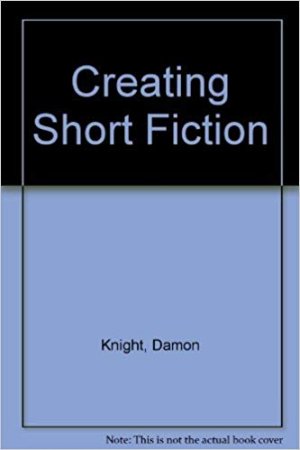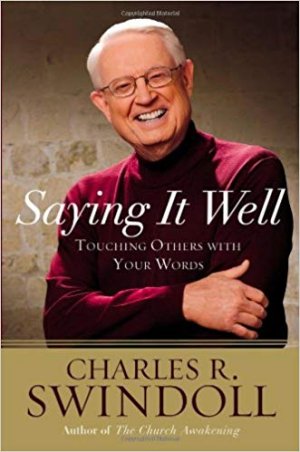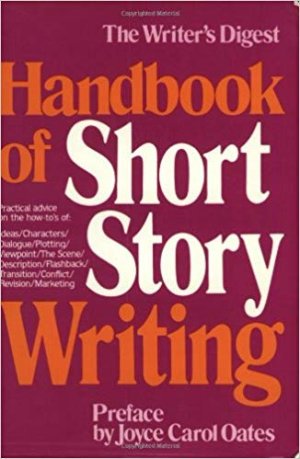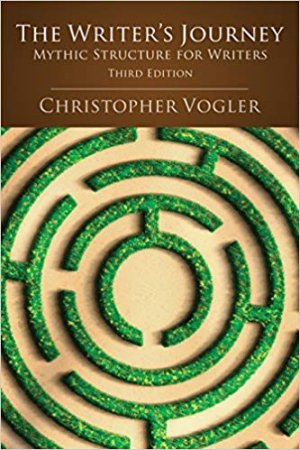Caveat #1 up front: I studied with Damon Knight a lifetime and a half ago. Caveat #2 I read the original hardcover, not the “The Classic Guide to Writing Short Fiction Revised Edition” paperback.
This was a fascinating read for me as I could hear Knight speaking throughout. Is it a worthy book?
Not convinced it is. There’s a lot in it and Knight provides plenty of exercises. What is not provided is clear, concise examples of technique. There’s lots of “Some people do it this way, others do it that way, you find your own way, and here are some exercises to help you find that way.”
I’m not an advocate of that “find your own way” school until you’ve learned the basics. In traditional Japanese martial arts, there’s a concept of “cutting” and if there’s anything demonstrating the “10,000 hour rule”, “cutting” has to be it. My point is (and all my teachers might agree), once you’ve got “cutting” down, everything else just happens. I prefer books that help you perfect your cutting then let you find your own way.
The book is strong on theory, weak on practice and application. There’s some good stuff here, simply not enough of it to make it a worthy read.
Greetings! I’m your friendly, neighborhood Threshold Guardian. This is a protected post. Protected posts in the My Work, Marketing, and StoryCrafting categories require a subscription (starting at 1$US/month) to access. Protected posts outside those categories require a General (free) membership.
Members and Subscribers can LogIn. Non members can join. Non-protected posts (there are several) are available to everyone.
Want to learn more about why I use a subscription model? Read More ch-ch-ch-ch-Changes Enjoy!




